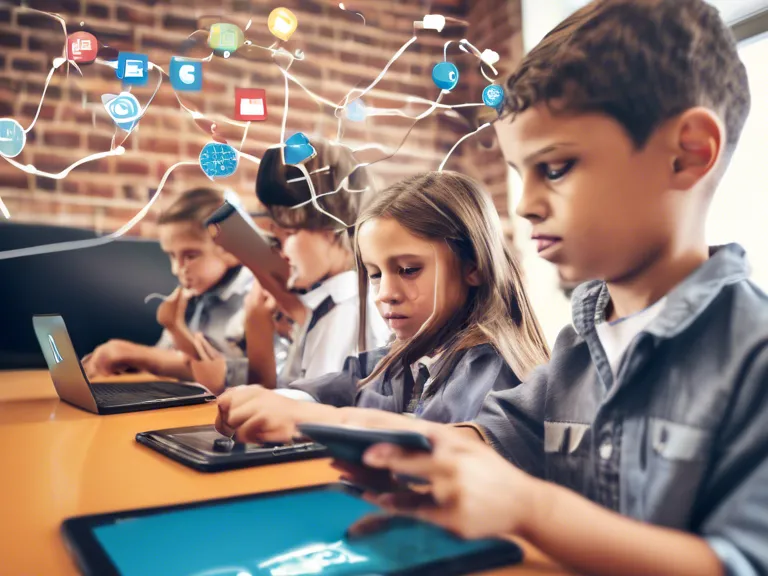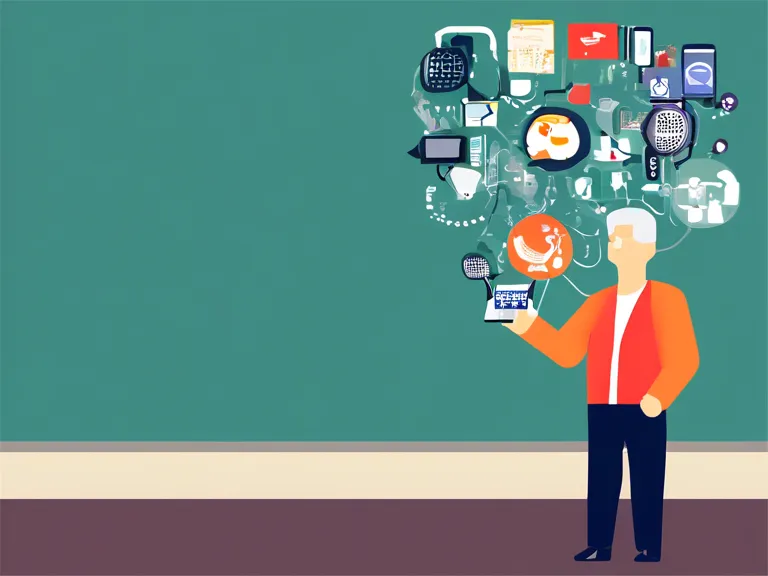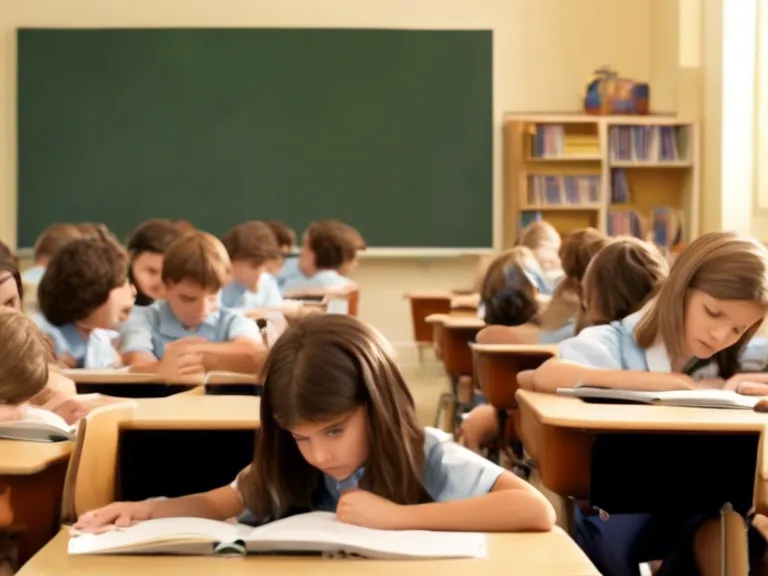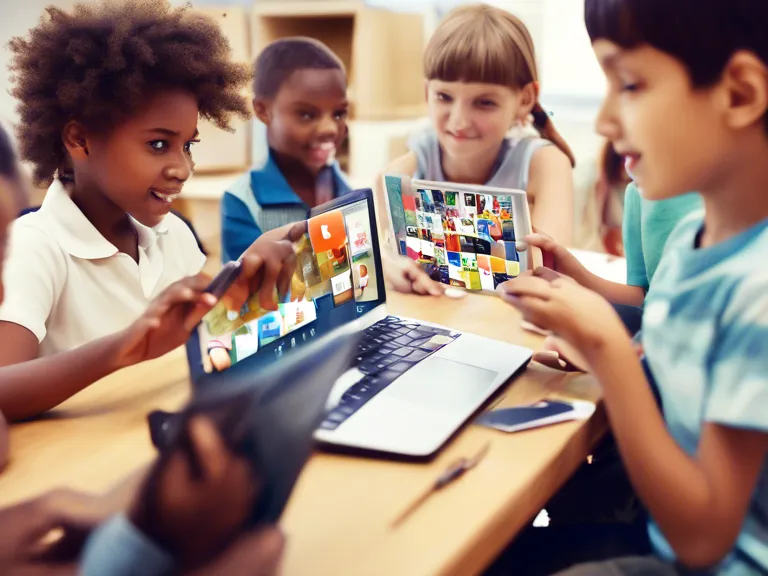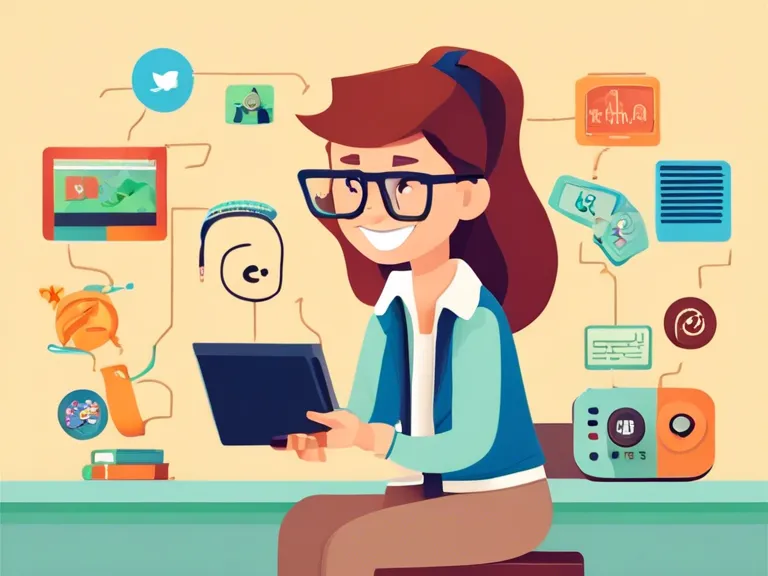
Gamification in Education: How Media Trends are Enhancing Learning Experiences
In recent years, the field of education has been transformed by the integration of gamification and media trends into the learning process. Gamification refers to the use of game design elements in non-game contexts to engage learners and enhance their motivation. This approach has proven to be highly effective in education, as it encourages students to actively participate in the learning process and provides immediate feedback on their progress.
One of the key ways in which gamification is being utilized in education is through the use of educational apps and online platforms. These tools make learning more interactive and engaging by incorporating elements such as badges, leaderboards, and rewards into the curriculum. By turning learning into a game, students are more likely to stay engaged and motivated to complete tasks and achieve goals.
Additionally, media trends such as virtual reality (VR) and augmented reality (AR) are revolutionizing the way students learn. VR technology allows students to immerse themselves in realistic simulations and experiences, such as exploring ancient civilizations or conducting scientific experiments. AR, on the other hand, overlays digital information onto the real world, providing interactive and engaging learning experiences.
By incorporating gamification and media trends into education, teachers are able to create personalized and adaptive learning experiences that cater to the individual needs and interests of each student. This approach not only enhances student engagement and motivation but also helps improve learning outcomes and retention.
In conclusion, gamification and media trends are playing a significant role in enhancing learning experiences in education. By leveraging these tools, educators can create dynamic and interactive learning opportunities that cater to the diverse needs of today's students.
